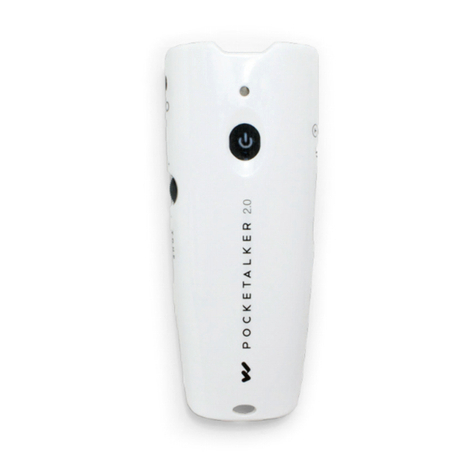Williams Sound PLA-215 User manual
Other Williams Sound Amplifier manuals

Williams Sound
Williams Sound PLA-240 User manual

Williams Sound
Williams Sound SoundFocus CFM 300 Instruction Manual
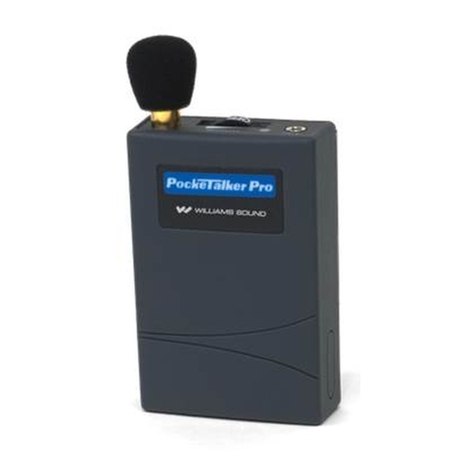
Williams Sound
Williams Sound Pocketalker PRO PKT C1 User manual
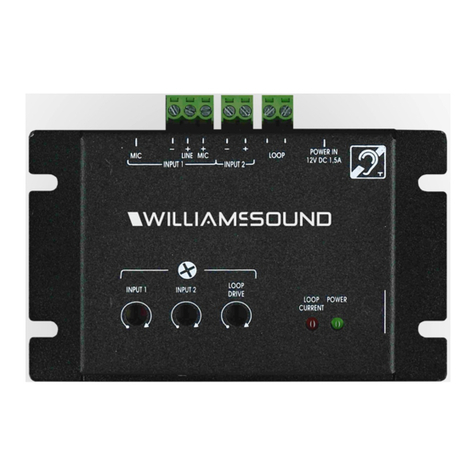
Williams Sound
Williams Sound DL102 User manual

Williams Sound
Williams Sound CFM 801 Troubleshooting guide
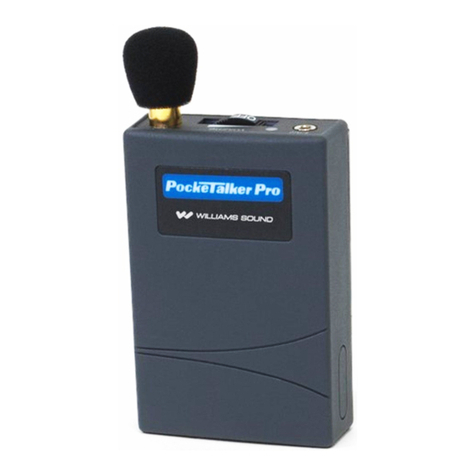
Williams Sound
Williams Sound Pocketalker Pro Guide
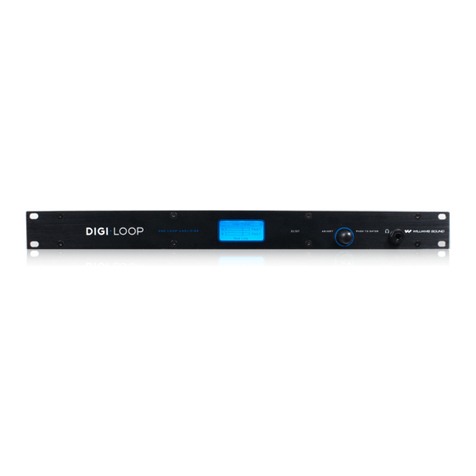
Williams Sound
Williams Sound Digi-Loop DL107 NET User manual
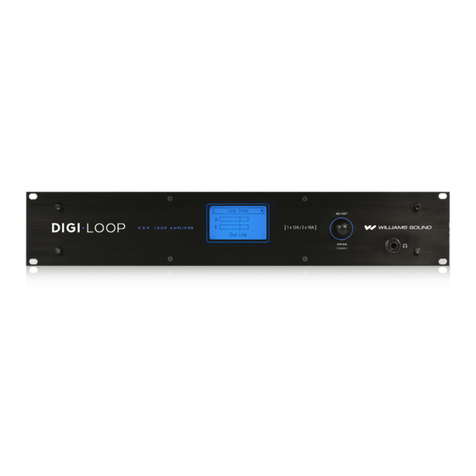
Williams Sound
Williams Sound PLA DL210NET User manual
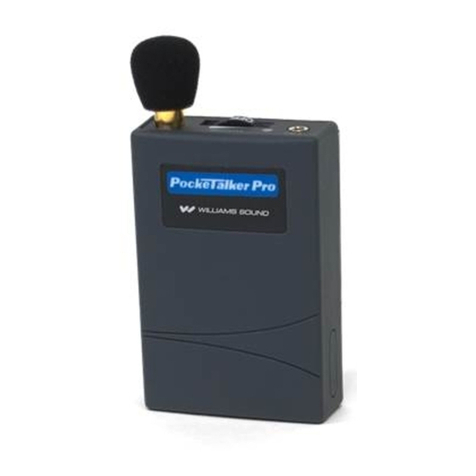
Williams Sound
Williams Sound Pocketalker Pro Pocketalker Pro Personal... User manual

Williams Sound
Williams Sound POCKETALKER ULTRA Guide

Williams Sound
Williams Sound Pocketalker Pro Guide
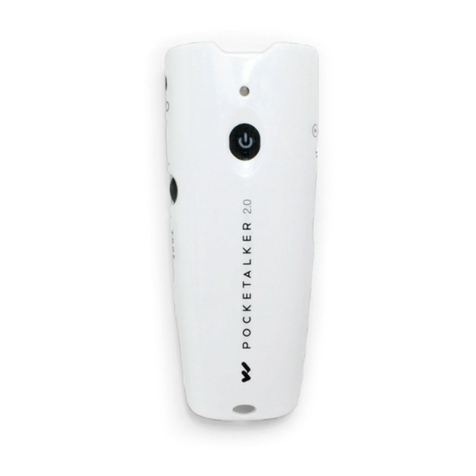
Williams Sound
Williams Sound pocketalker 2.0 User manual

Williams Sound
Williams Sound DL102 Specification sheet
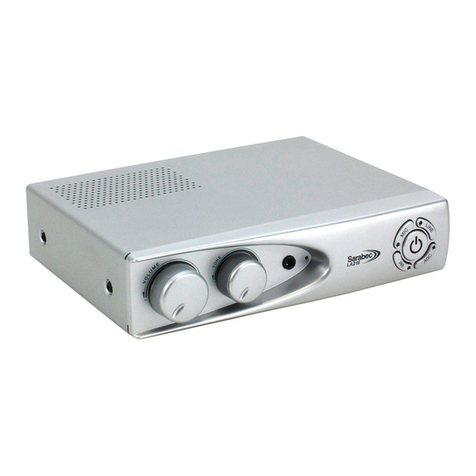
Williams Sound
Williams Sound PLA-215 Guide

Williams Sound
Williams Sound Pocketalker Ultra PKT D1 User manual

Williams Sound
Williams Sound Pocketalker Pro Guide
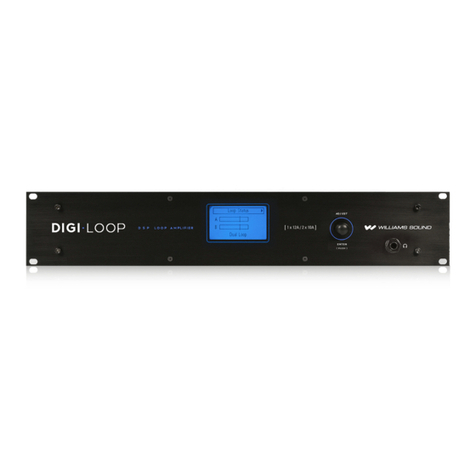
Williams Sound
Williams Sound PLA DL210NET-D User manual

Williams Sound
Williams Sound Pocketalker PKT E1 User manual

Williams Sound
Williams Sound POCKETALKER Ultra D1 Guide

Williams Sound
Williams Sound Pocketalker Ultra PKT D1 User manual


